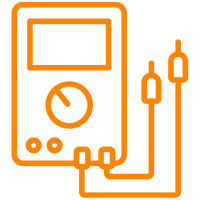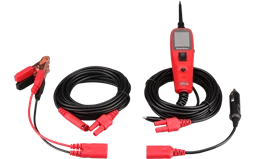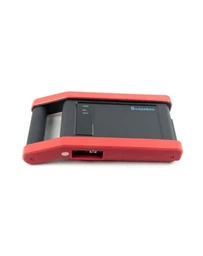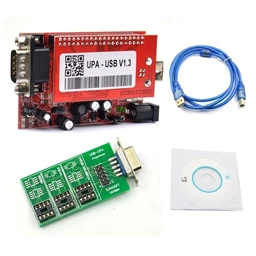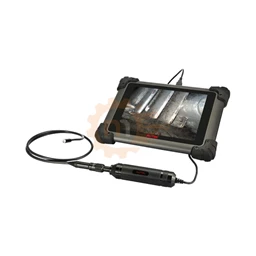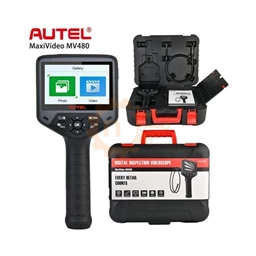CAN Bus is a communication protocol in the automotive industry, developed to provide maximum efficiency and security in technological vehicles, especially automobiles.
Being a central network system in automobiles and other technological vehicles, CAN Bus connects all modules operating in the vehicle to the system, so that the components in the vehicle work together efficiently and effectively.
The tilt sensor prints the information onto the transmission line, and all units in the vehicle using the tilt information process using it.
Since connecting all these modules will be very complicated, a central network system is needed.
The message sent over CANBus protocols is transferred quickly and reliably to other CANBus devices.
Thanks to the CANBus protocol, it makes it possible to receive the vehicle's speed, ignition information, fuel amount in the tank, instant fuel consumption information of the vehicle over a single bus. It has caused to effectively reduce the cable weight in the system.
It is because the sensors work faster and print the necessary information to the system more accurately.
For this reason, the error rate in the CAN Bus system is much less.
Fault finding and diagnostics are much easier in a vehicle with CAN bus system. With simple interfaces, which processes are running and which are not working can be displayed easily.
CAN-BUS SYSTEM FEATURES:
⦁ Message priority
Lost time security
⦁ Configuration flexibility
Synchronized multiple acknowledgment: The same data can be received by multiple units
⦁ Ability to handle data density in the system
⦁ Error detection and generating error signals
THE IMPORTANCE OF CAN BUS IN VEHICLE TRACKING SYSTEMS
It ensures that the information we have reached over the CAN line is transferred to the vehicle tracking device.
This information transferred to the vehicle tracking device is organized as an interface to be presented to users. It allows the information we have reached over the CAN line to be transferred to the vehicle tracking device.
This information transferred to the vehicle tracking device is organized as an interface to be presented to users.
We can obtain many vehicle data such as instant fuel consumption, total fuel consumption, instant changes in fuel level, total vehicle mileage, instantaneous vehicle speed, axle weight, engine temperature, service mileage, fault codes with the CAN-
Bus system. The data we have received from the vehicle varies according to the brand, model and year of manufacture.
THE IMPORTANCE OF CAN BUS SYSTEM IN TROUBLESHOOTING
Thanks to the CAN Bus protocol, it can be easily diagnosed by connecting to all motor vehicles produced with a diagnostic device.

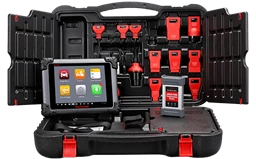
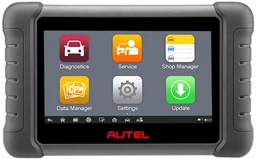
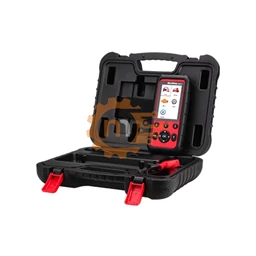

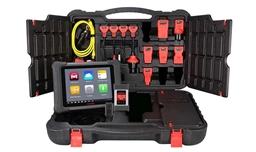
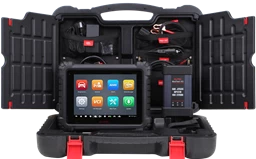

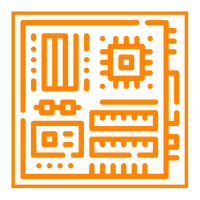
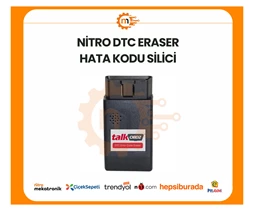
.webp?size=256)




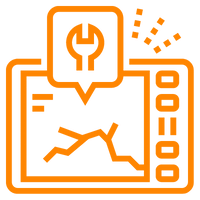
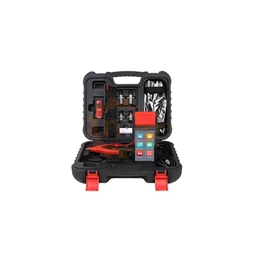
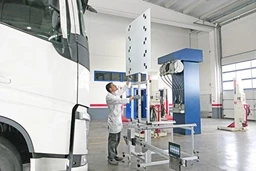
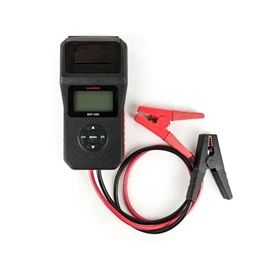
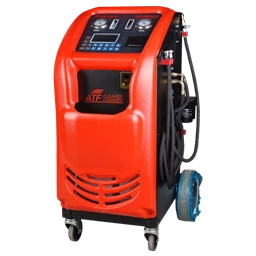
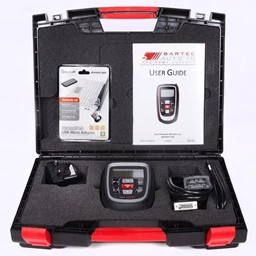
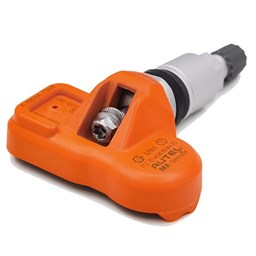
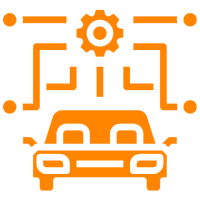
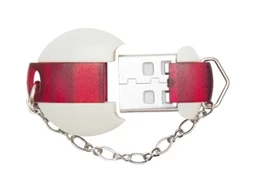
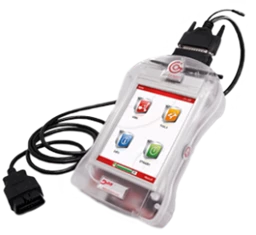
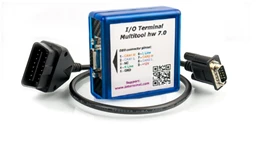
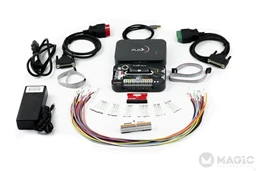
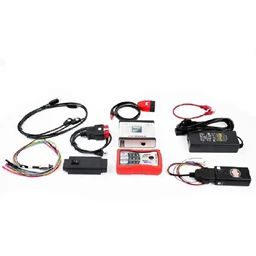
 Cihazı.webp?size=256)
